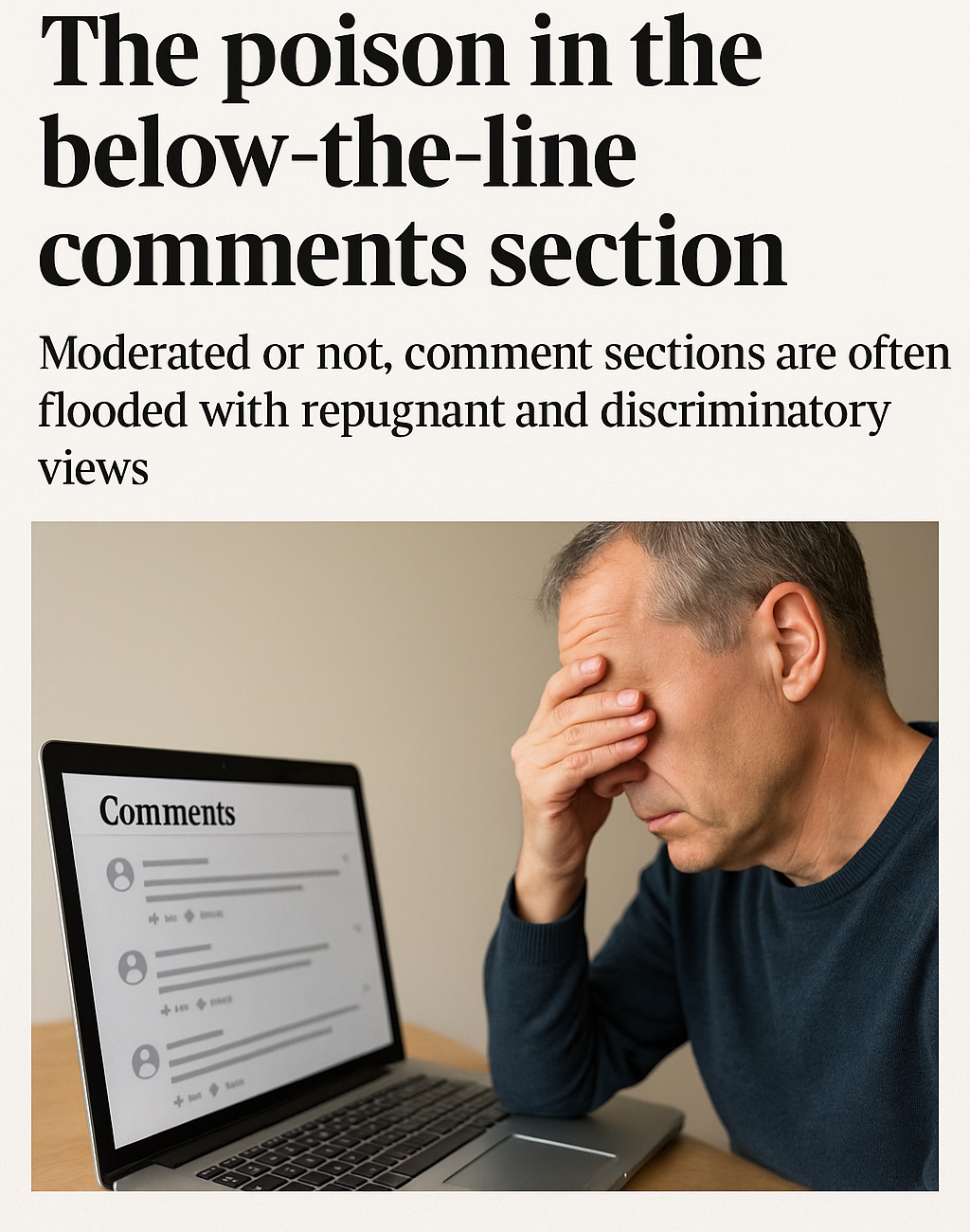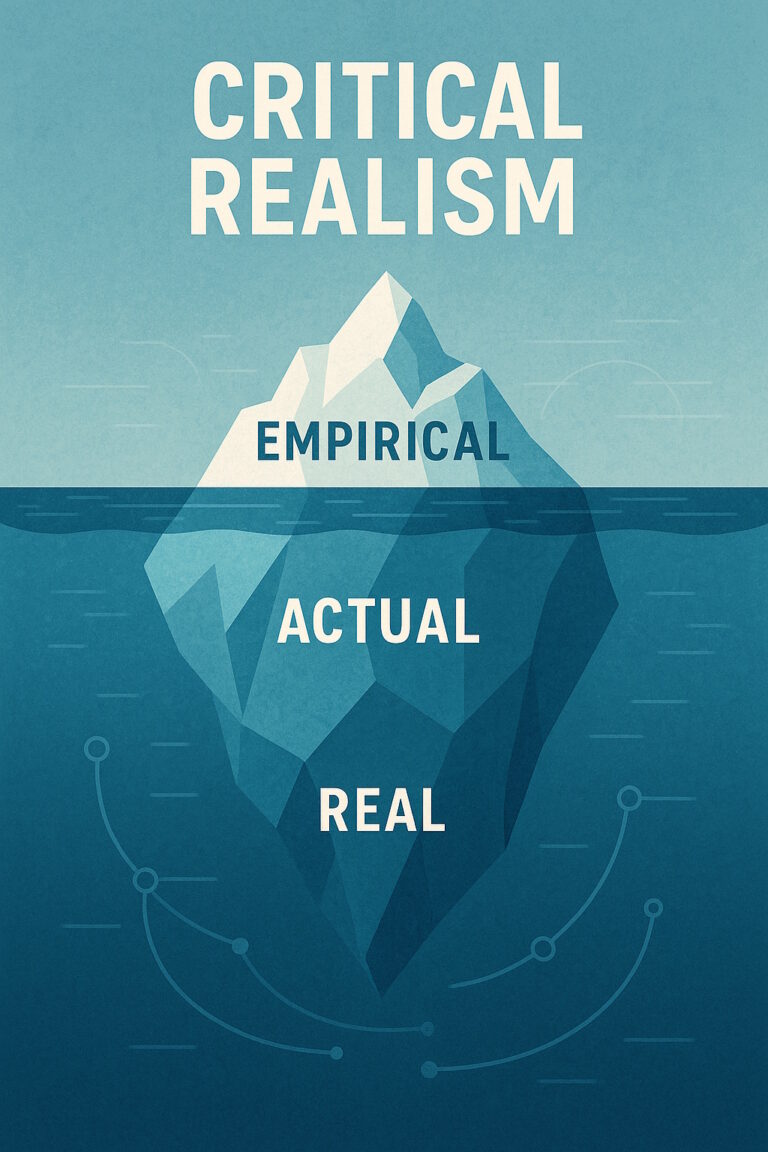Yesterday marked 20 years since the 7/7 London bombings. News outlets published reflective pieces commemorating the attacks, sharing survivors’ stories, analysing government counter-terrorism policies, and considering the enduring impacts on British society. Yet below the line, in the comment sections, a different reality emerged. While some posts conveyed sympathy or thoughtful reflection, many were filled with prejudice, anger, and hostility, revealing a darker and often neglected dimension of public discourse.
Comment Sections as Fields of Power and Exclusion
These comments were not solely about Islam or terrorism. They revealed how online comment sections routinely become spaces for blame, scapegoating, and stereotypes directed at multiple groups – migrants, politicians, public sector workers, ethnic and religious minorities, and even fellow readers voicing dissent. Some readers used the anniversary to promote exclusionary, nationalist, or xenophobic narratives, while others posted reductive condemnations of government policy, absent nuance or context. Despite claims of moderation, these spaces remain structured more by platform economics and editorial incentives than by fairness or democratic ideals. As Bourdieu (1991) argued, symbolic violence is embedded in judgments about legitimate speech, reflecting and reproducing broader social hierarchies.
Matias (2019) demonstrated that moderation often silences posts challenging dominant prejudices while allowing harmful content to remain. Consequently, comment sections become echo chambers that normalise cultural, racial, and class-based superiority while discouraging critical reflection, structural analysis, or empathetic understanding. News organisations profit financially from outrage, division, and anger, as these emotions drive clicks, prolong engagement, and attract advertising revenue.
Structural Violence, Platform Design, and Editorial Complicity
Galtung’s (1969) concept of structural violence highlights how harm can be embedded within systems without direct physical force. Comment sections are designed – both algorithmically and editorially – to reward anger, blame, and divisive language. This erodes civic trust, reduces democratic participation, and fosters cynicism towards both media institutions and social solidarity. Recently, Nick Clegg, former UK Deputy Prime Minister and, until recently, President of Global Affairs for Meta, argued that social media algorithms do not inherently amplify false or angry content (The Times, 2025). Yet such claims overlook the reality that platform and editorial systems are built to maximise user engagement by prioritising sensationalist or polarising material. The same dynamic operates within news comment sections: when outrage becomes profitable, hostility is not an unfortunate by-product but an expected and monetised feature of platform design.
The Psychological Costs of Below the Line Hostility
For some readers, exposure to this environment leads to gradual disengagement. They may choose to abandon The Guardian for its framing of gender debates, seeing it as relentlessly critical of gender realism, or leave The Times due to its overt political bias and the often racist, classist, or dismissive comments visible below the line. For other readers, disengagement is immediate, triggered by encountering a particularly hateful, violent, or unmoderated comment thread. In both cases, comment sections become spaces that alienate and exclude marginalised readers, undermining any potential for genuine public conversation or civic learning.
Personally, I once valued The Guardian and The Times as contrasting lenses on public life, offering balance in an increasingly polarised media environment. The Guardian, despite its progressive stance, often silences dissenting perspectives on gender. At the same time, The Times drifts further towards polemical sensationalism, platforming extreme views and failing to effectively moderate reader hostility. Cancelling my subscriptions will hardly impact their bottom lines, but the benefit to my mental health is real, and I suspect others will soon follow as these patterns intensify.
Towards Accountable, Inclusive Public Discourse
If journalism aspires to foster genuine democratic debate, it must confront its complicity in enabling structural violence through these comment spaces. Current comment sections do not encourage inclusive, reasoned, or critical conversation. Instead, they amplify existing inequalities under the guise of free speech, normalising hostility while silencing those who might otherwise contribute meaningful, theoretically grounded, or empathetic perspectives.
Moderation must extend beyond preventing explicit hate speech; it should also challenge the symbolic violence embedded within public discourse and hold both readers and editorial teams accountable for fostering an inclusive civic environment.
References
- Bourdieu, P. (1991). Language and symbolic power (J. B. Thompson, Ed.; G. Raymond & M. Adamson, Trans.). Harvard University Press.
- Galtung, J. (1969). Violence, peace, and peace research. Journal of Peace Research, 6(3), 167–191. https://doi.org/10.1177/002234336900600301
- Matias, J. N. (2019). Preventing harassment and increasing group participation through social norms in 2,190 online science discussions. Proceedings of the National Academy of Sciences, 116(20), 9785–9789. https://doi.org/10.1073/pnas.1813486116
- Putnam, R. D. (2000). Bowling alone: The collapse and revival of American community. Simon & Schuster.
- The Times. (2025, July 6). Nick Clegg defends algorithms against claims they spread fake news and anger. https://www.thetimes.com/uk/technology-uk/article/nick-clegg-algorithms-fake-news-kn0d90hjv



